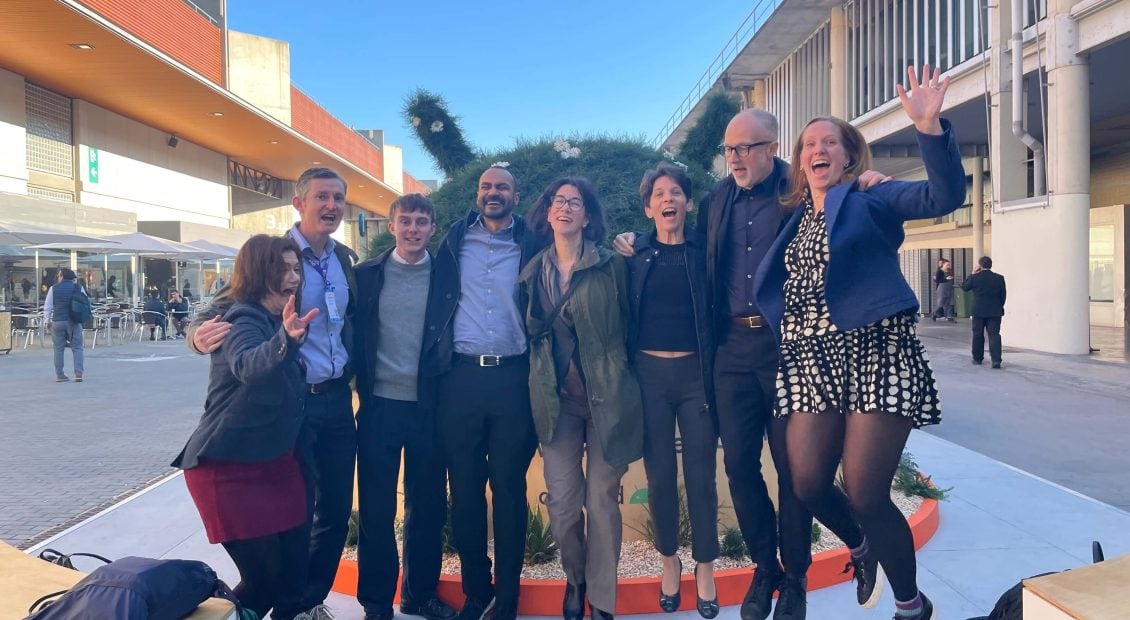
MWC 2023: You are now in a new industry
We found subtle but significant shifts at the GSMA’s Mobile World Congress 2023 that show how the market’s need is changing to ‘connecting technologies’ rather than ‘connectivity’. This has deep implications for the industry and telcos in particular.

